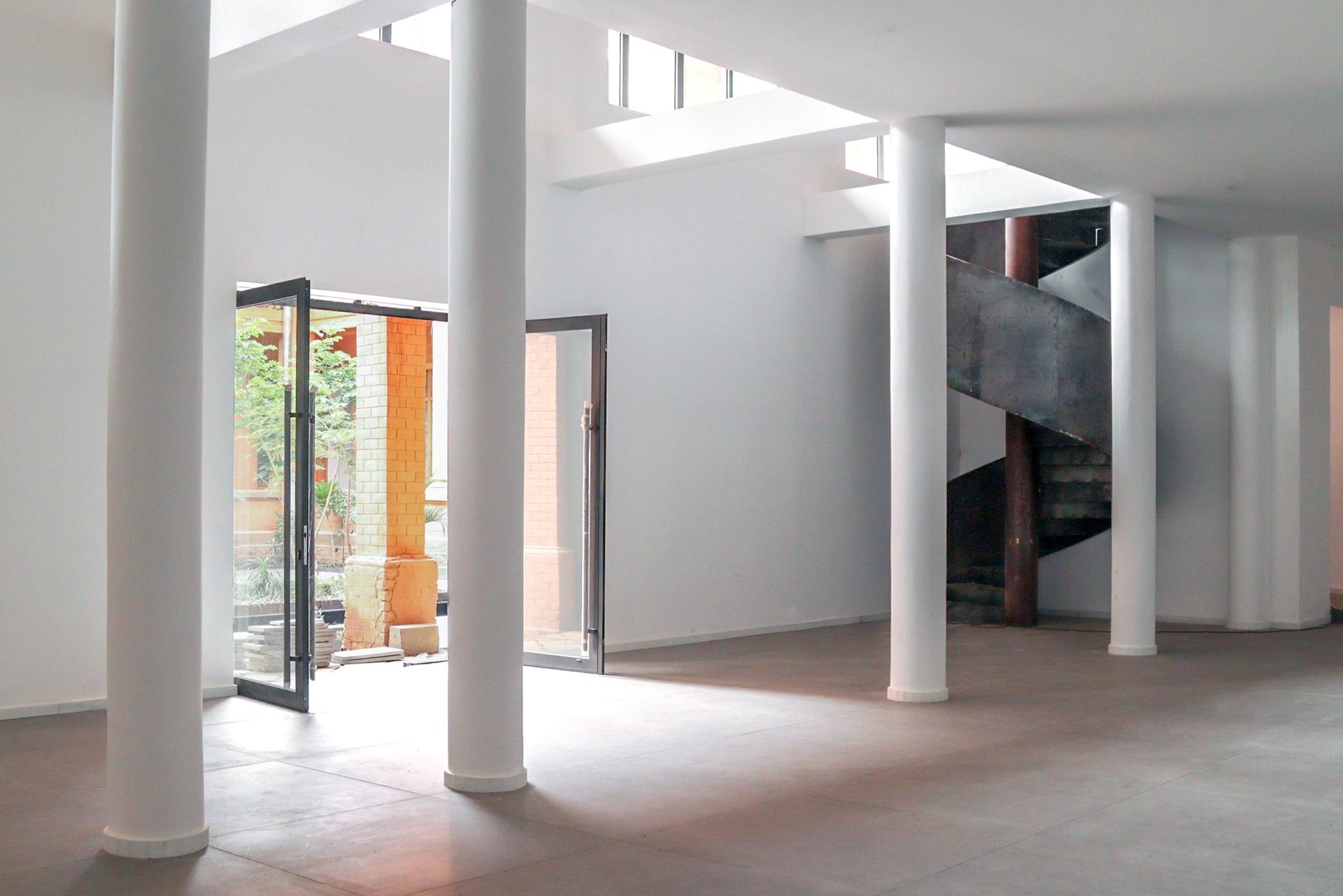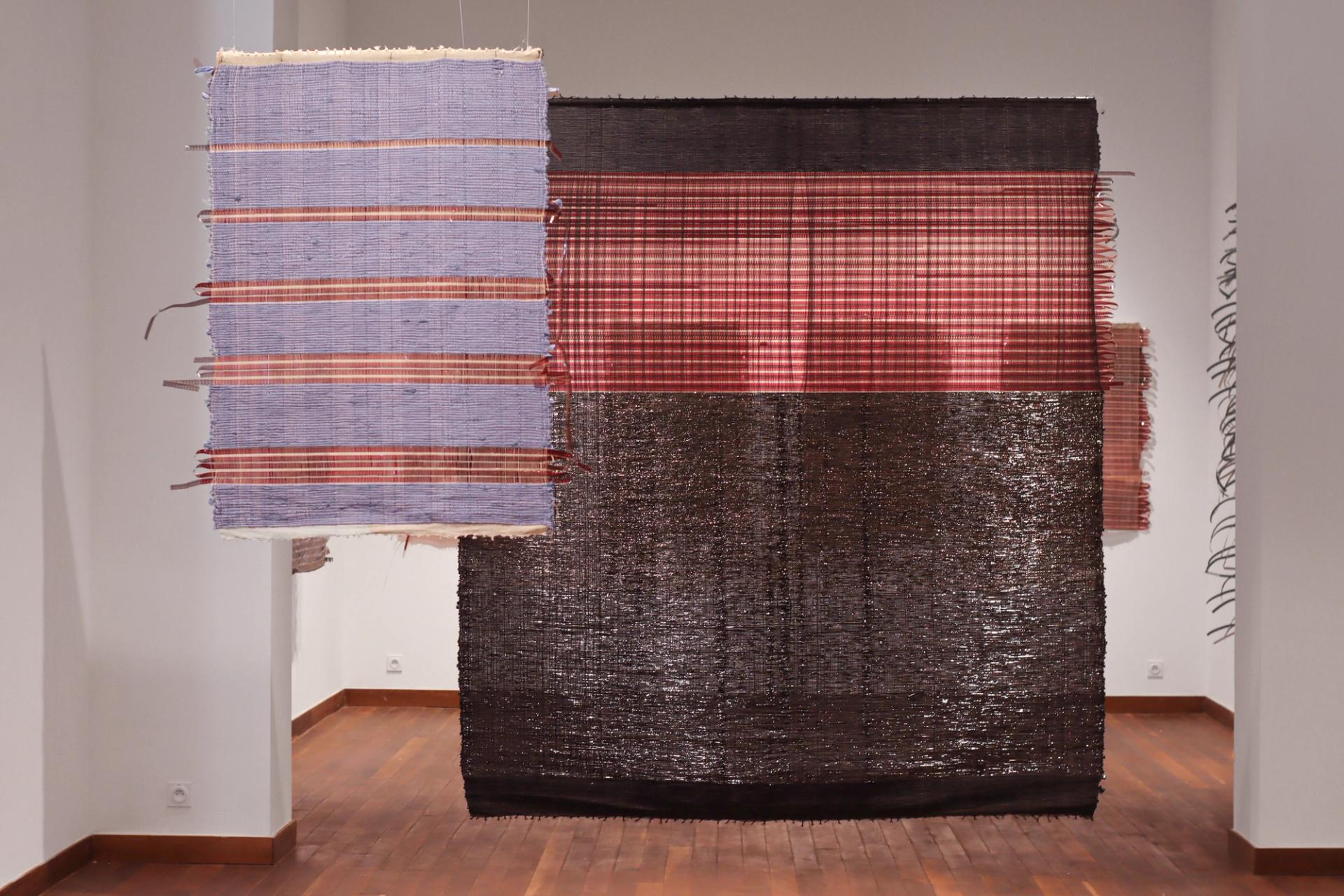Madagascar’s capital is not widely recognized for its rich contemporary art scene.
But, in recent years, a cultural ecosystem has exploded in the town locals call ‘Tana.
This emerging scene has been supported by Fondation H, a new art foundation which opened in ‘Tana on 28 April. The foundation has more than 2,200 m² of exhibition space and will act as “a catalyst for the local art scene and ecosystem”, said its founder Hassanein Hiridjee. The arts journal.
Hiridjee, a Franco-Malagasy art collector, is the managing director of Axian, an energy, telecommunications and financial services group present throughout the African continent. Hiridjee started his art foundation in 2016 before opening a small exhibition space in Antananarivo in 2019.
“When I started the foundation, I realized there was an absence of institutions in terms of public infrastructure and programs for artists,” says Hiridjee. “There was a real thirst and desire to come and encounter art and understand culture. Quite quickly we became more powerful and today we have reached 15,000 to 20,000 visitors per year.

An interior of the H Foundation, Antananarivo, Madagascar © Foundation H
The new space is housed in a magnificent red brick building dating from the beginning of the 20th century. It originally served as the central post and telegraph offices of Antananarivo during the French colonial rule of Madagascar. The art center is located in an area of the city known as Ambatomena, meaning the “place of red stones” due to the reddish-hued colonial buildings.
The space has been extensively renovated by the Malagasy architecture firm Otmar Dodel, who worked in collaboration with local craftsmen. The architects studied the original plans in the city archives in order to restore the facades of the building to their former grandeur.
The foundation aims to present one big show a year, with no entry fee. “It’s a free meeting place,” says Hiridjee.
Beyond art, Fondation H has a carefully maintained garden: “A haven of peace and an oasis”, says Hiridjee. “It’s like the Champs-Elysées of Antananarivo.”
The inaugural exhibition is dedicated to the late Madame Zo, artist name Zoarinivo Razakaratrimo (1956-2020), who dedicated her practice to reinventing Madagascar’s ancestral weaving tradition.
Madame Zo won the Paritana Prize – a prize awarded each year to a Malagasy or Malagasy artist by the H Foundation – in 2020. The title of the exhibition, Soon I weave you all [Soon I will weave you all]stems from a message she wrote to the Paritana Prize jury shortly before she died of Covid-19.

From the series Soon I will weave you all © Madame Zo, courtesy H Foundation
Madame Zo’s work has been exhibited at the Musée du Quai Branly-Jacques Chirac in Paris and at the Smithsonian, National Museum of African Art, in Washington, D.C. But the exhibition of her work at the H Foundation is personal for Hiridjee, because c It was she who fueled Hiridjee’s passion for art.
Works produced over two decades are presented. They discuss the importance of lambaa fabric of wild silk or cotton, in Malagasy culture and how Madame Zo tirelessly experimented with weaving, employing a wide range of man-made and natural materials, from wood and medicinal plants to metals, newsprint, bones and the food.
“There is not a single artist in Madagascar who does not know her, so it is important to recognize her work and present it to an international audience”, says Margaux Huille, director of the H.
Fondation H succeeds Hakanto Contemporary, another private art center founded in Antananarivo in 2020 and funded by collector and entrepreneur Hasnaine Yavarhoussen. Hakanto’s curatorial mission is carried out by its artistic director, Joël Andrianomearisoa, who represented Madagascar’s first national pavilion at the Venice Biennale in 2019.
But can these pioneering artistic foundations make a real difference in the lives of the people of Antananarivo, many of whom live in extreme poverty? Or are they the preserve of the city’s wealthy elite? These questions predominate, given the economic reality. According to Unicef, more than two-thirds of children in Madagascar live in “multidimensional poverty, without access to education, health, housing, nutrition, sanitation or drinking water”. Meanwhile, the World Bank says the country’s population of around 28 million (as of 2020) has one of the highest poverty rates in the world.
Inevitably, the town hall of Antananarivo favors the social needs of its two million inhabitants over cultural investments. In an interview, Elia Ravelomanantsoa, director of arts, culture and communities at the town hall, concedes that “very little budget can be devoted to culture”. But concerted efforts are being made. “The town hall is renovating its libraries, has ceded land for artists’ residences and launched the construction of a small cultural center in the emblematic district of Andohalo”, she specifies.
The federal government of Madagascar is also paying attention to culture, Ravelomanantsoa said, noting that Malagasy President Andry Rajoelina is building a national arts school, the National Academy of Arts and Culture, while that the country’s previous art schools closed a few decades. There is.
But, given the limited resources at its disposal, Ravelomanantsoa welcomes private initiatives. “The creation of these two foundations [Hakanto Contemporary and Fondation H] gave a boost to contemporary art,” she says. “We hope others will follow.”
